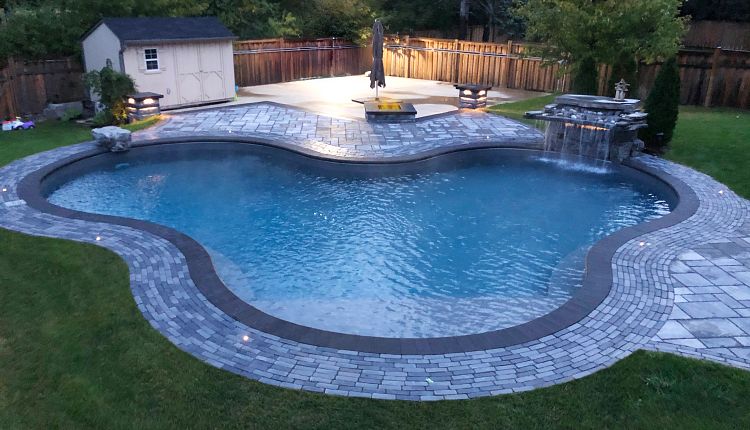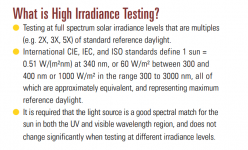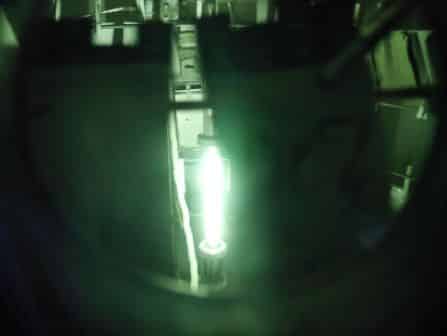- May 23, 2015
- 25,693
- Pool Size
- 16000
- Surface
- Plaster
- Chlorine
- Salt Water Generator
- SWG Type
- Pentair Intellichlor IC-60
I’m pretty sure all liners are going to have some level of calcium carbonate in them. I remember reading somewhere that it’s necessary in the manufacturing process to modify the mechanical properties of the liner material so that it can be run through various machinery at high enough speeds to make it economical. Calcium carbonate additions achieve those manufacturability requirements. So, at the end of the day, there’s always going to be some calcium in the liner. You can certainly ask liner makers where they get their materials from and what QA is done to ensure they are long lasting but I doubt the retail consumer can have much control over what they get.
Is anyone going to tell an installer - “Oh, that liner has Chinese vinyl in it … nope, I don’t want that.” I suppose one could but you may not have very many choices out there …
Is anyone going to tell an installer - “Oh, that liner has Chinese vinyl in it … nope, I don’t want that.” I suppose one could but you may not have very many choices out there …












